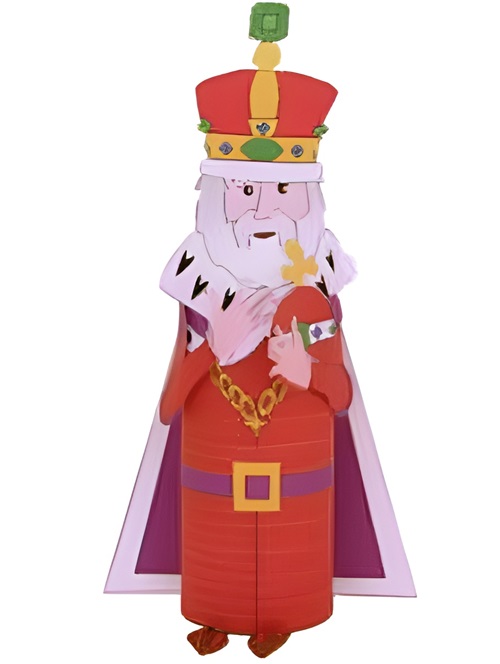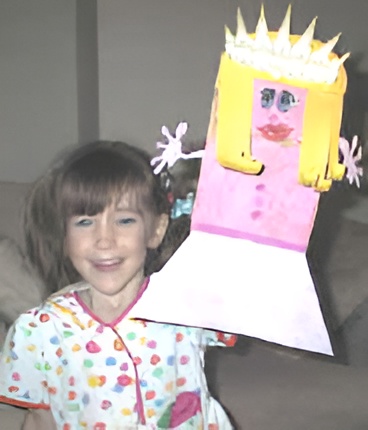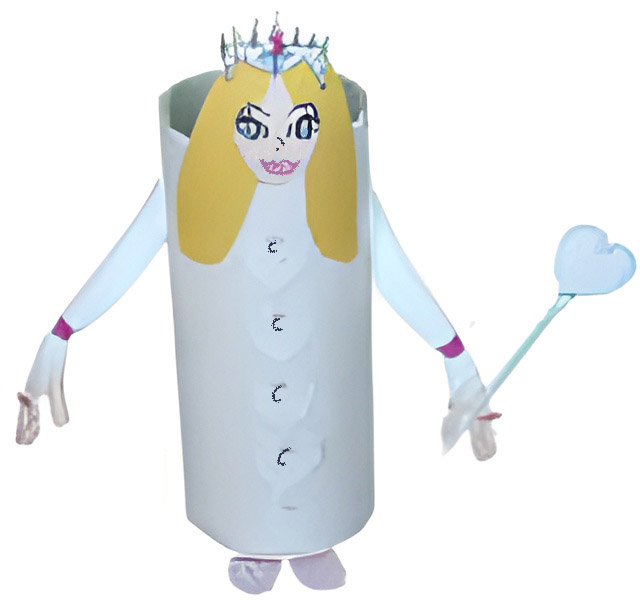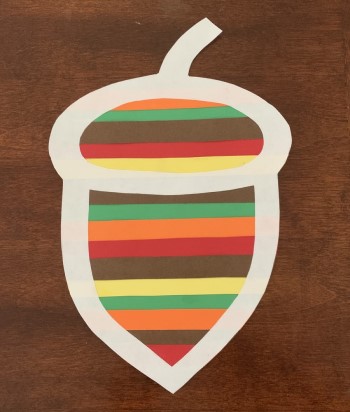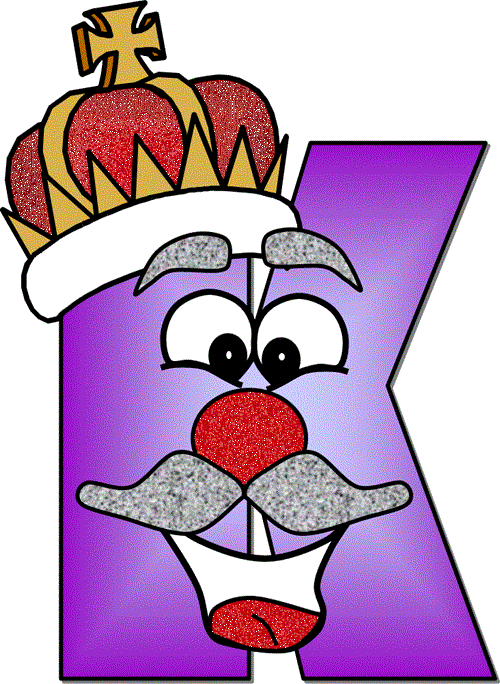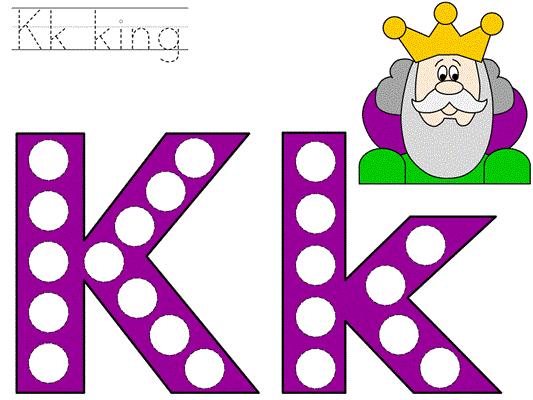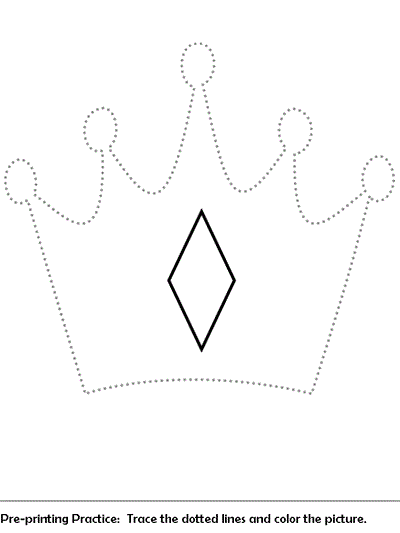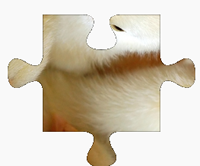DLTK's Nursery Rhymes for Kids
I Had a Little Nut Tree Activities
I had a little nut tree,
Nothing would it bear
But a silver nutmeg,
And a golden pear;
The King of Spain's daughter
Came to visit me,
And all for the sake
Of my little nut tree.Her dress was made of crimson,
Jet black was her hair,
She asked me for my nut tree
And my golden pear.
I said, "So fair a princess
Never did I see,
I'll give you all the fruit
From my little nut tree."
I Had a Little Nut Tree Lyrics and Coloring Pages:
Crafts to go with I Had a Little Nut Tree:
Little Miss Muffet Printable Resources:
Little Miss Muffet Puzzle Worksheets:
On-Line Games and Puzzles:
The History of "I Had a Little Nut Tree"
"I Had a Little Nut Tree" is a traditional English nursery rhyme that dates back several centuries. The rhyme is known for its rhythmic verse and whimsical narrative, involving a magical nut tree and a visit from a Spanish princess.
Origins and Early History
The rhyme is believed to have first appeared in print in the late 16th or early 17th century, though its exact origins are not well-documented. It is included in several early collections of nursery rhymes and children's songs, with one of the earliest recorded versions found in "Tommy Thumb's Pretty Song Book" from 1744.
Lyrics and Themes
The rhyme tells the story of a little nut tree that bears silver and gold, and a visit from a Spanish princess who desires these treasures. The rhyme's themes are often interpreted as symbolic or allegorical, possibly reflecting historical events or figures, though these interpretations vary.
Some theories suggest that the "Spanish princess" could refer to real historical figures, such as Catherine of Aragon or Joanna of Castile, who visited England in the early 16th century. The narrative's magical elements, like the tree bearing precious metals, add a layer of fantasy and charm, typical of many traditional nursery rhymes.
Cultural Impact
"I Had a Little Nut Tree" has been included in numerous nursery rhyme anthologies and continues to be a popular choice for children's literature and education. The rhyme's catchy melody and engaging story make it a favorite for storytelling and music activities in early childhood education settings.
The rhyme has also inspired various adaptations and illustrations, with artists and authors using its imagery to create engaging children's books and educational materials. Its enduring appeal lies in its blend of fantasy, history, and simple yet evocative language.


